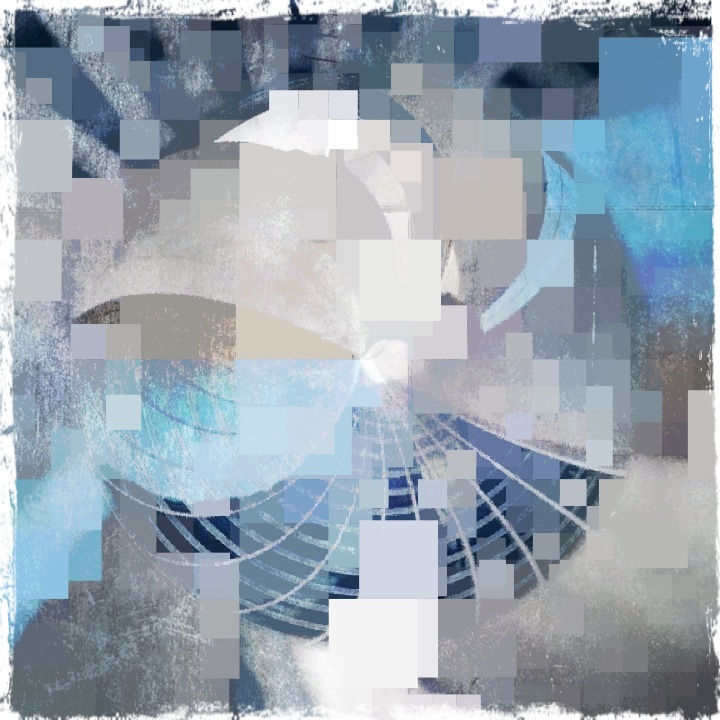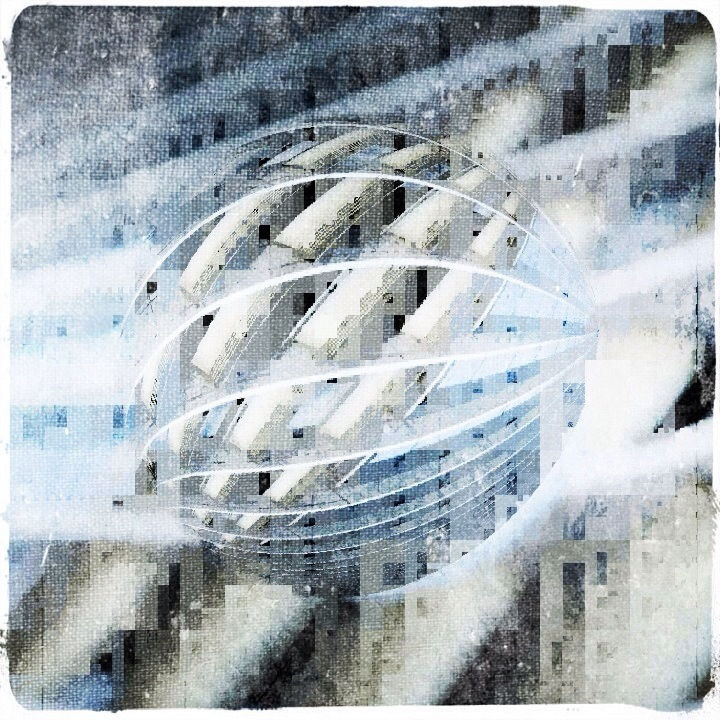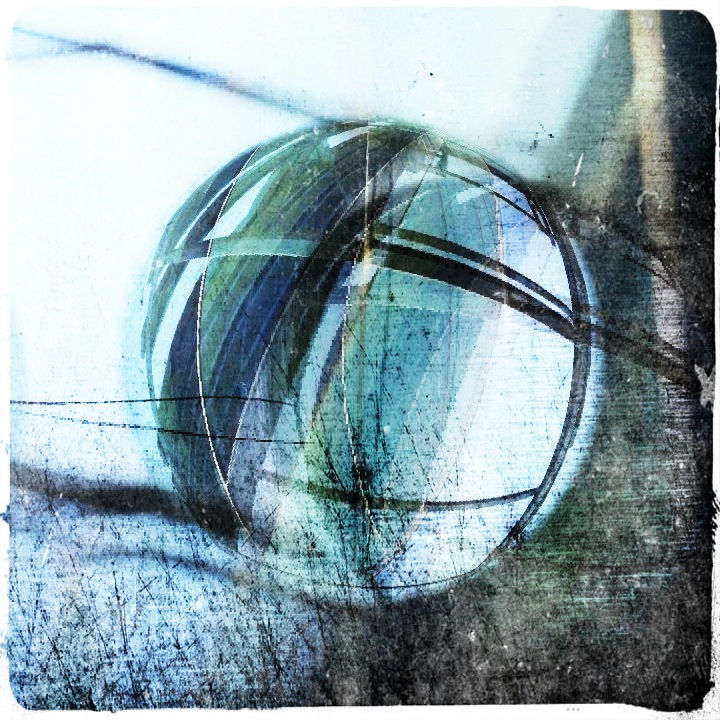PORTALS IN THE METAVERSE
- Linda Hollier
- Jan 1, 2023
- 3 min read
Updated: Jan 2, 2023
Cyberspace as we know it is evolving. The next step in its evolution, which we are already beginning to get a taste of, is an immersive cyberspace, more commonly referred to as the Metaverse.
When we first had access to internet there were only static pages that focused on information. This was called Web 1. Web 2, centred on user-created content uploaded to services such as blogs, forums and social media, is all about interaction. Web 3 will be about immersion.
Whereas we browsed the internet before, we will soon be immersed in it and be, in a sense, able to live in it as digital avatars in a 3D space. Headsets will enable full immersion.

Immersion ©Linda Hollier
Examples of immersive tasks will include gathering with friends remotely, working with work colleagues collaboratively, and co-experiencing virtual events such as concerts. Many functions of life will move into virtual environments. Shopping and virtual travel will be available with an accompanying economy.
We started to experience some of these possibilities with Zoom during the pandemic, but what was missing in this 2D experience on screens was the networking experience that accompanies in-person events. This will be able to be replicated in a 3D immersive world.
I have recently joined Spatial, a metaverse with visually stunning, immersive 3D spaces. It has enabled me to customize my own virtual gallery and event space, and host live events, all of which at this point in time can be experienced via smartphone, laptop or a Meta Quest headset.
To navigate the metaverse, we are already hearing about and experiencing the “portal”. One moves between spaces and so one requires a way to do so.

Stepping through.©Linda Hollier
Currently, by clicking on a portal one exits a space and enters another instantaneously. One is reminded of teleportation where one is transported across space and distance instantly. In the metaverse, a portal is opened, one’s avatar passes through, and there is fluid spatial switching.
Let us consider the choice of using the word “portal”.
In architecture the portal, whether it be a gateway or a doorway, is a space which is framed to call attention to spatial transition, In the 14th century, it referred to “the entire architectural treatment of the entrance and its surroundings of a cathedral or other grand building”. The structural elements alluded to something of high significance behind them.
Portal, from the Latin “porta” meaning “gate” and the Latin “portare” meaning “to carry” is also often used to mean a gateway to a realm in another dimension, another plane of existence.
The portal symbolizes spatial transition and has the characteristics of both a special place and a path.

Threshold ©Linda Hollier
Most importantly, a portal implies a threshold - a significant instance or point which invokes or encourages a shift of perception before one goes forward.
Those of you who know me are aware of my interest in the architecture of cyberspace.
How will portals in the metaverse be depicted? We are already seeing circular forms. Will they eventually be so designed that they will be able to teleport our digital avatars not only from one space in a metaverse to another, but also from one metaverse to another when there are what is being referred to as multiverses? No doubt the portal will evolve until there is one possible omniverse.
My series titled “Navigating the Metaverse” is my current contribution to these new realms.
Individual pieces can be purchased on OpenSea as NFTs.
Comments